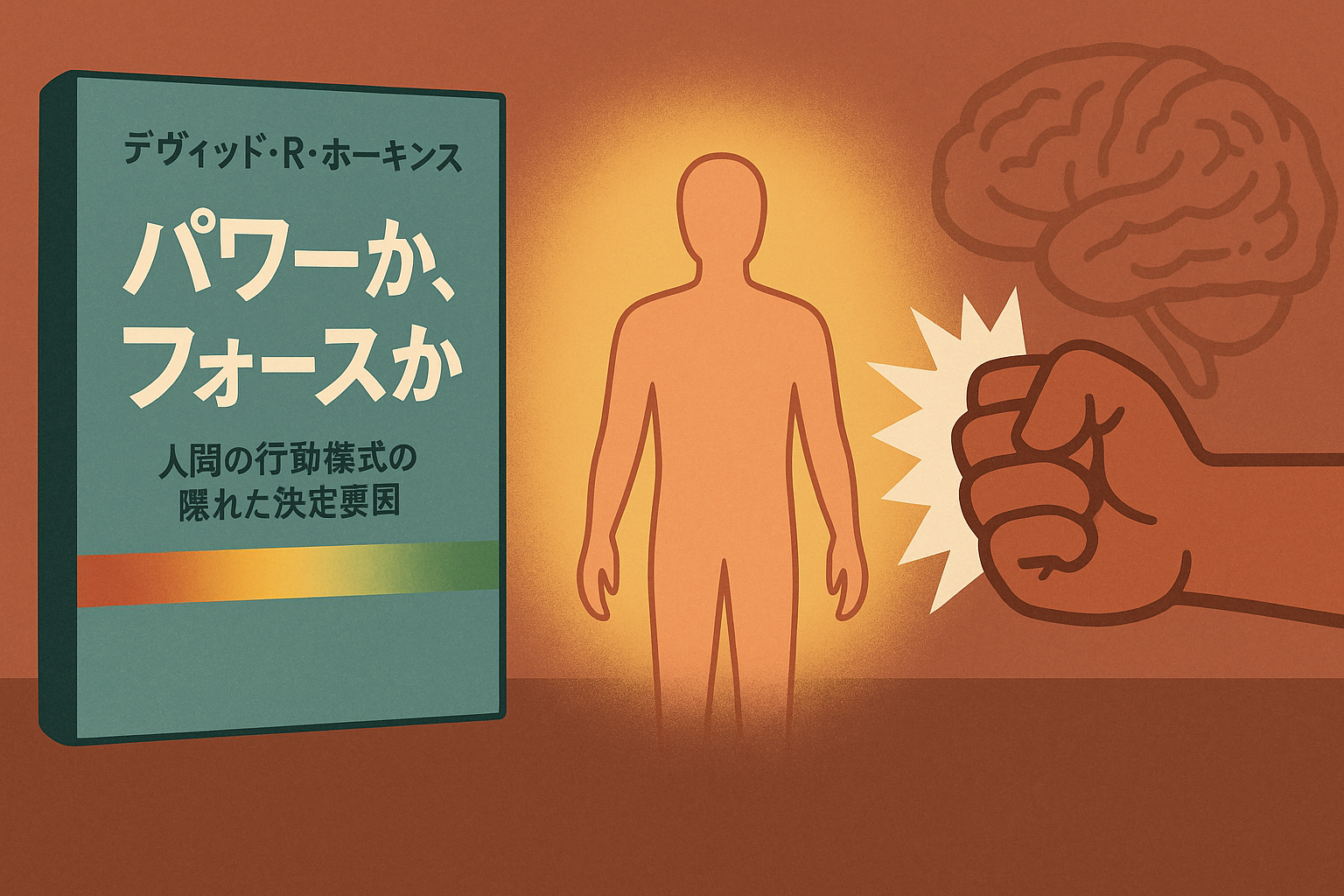The other day, I was reading an announcement about my son's school events and noticed something. Rather than the expression “participation is essential,” the expression “this is a memorable opportunity for many families” is far more likely to stir up motivation to participate. This is not a coincidence; it may be the result of a carefully calculated psychological strategy. This time, I will explain the psychological techniques behind ad copy that move consumers' hearts along with actual examples.
1. Understanding human psychology, the basics of effective advertising
The true purpose of advertising isn't just to provide information; it's to encourage action. To that end, it is essential to have a deep understanding of the target reader's psychological state and evoke empathy.
What many ad creators tend to overlook is that ads should address “one person” rather than the “public.” By creating an image of speaking to one person on the other side of the screen as if they were your best friend, a sense of familiarity and trust is created.
Recently, the copy I saw in an advertisement for a coffee shop realized this brilliantly.
“Five minutes in the morning, quiet luxury just for you.”
With this one sentence, a specific image of “just for you” time in a busy morning springs up, and what makes you want to visit is the power of this personal statement.
2. The Law of Attractive Headlines That Get Attention
No matter how great your ad is, it's meaningless if it doesn't grab readers' attention in the first few seconds. It's no exaggeration to say that effective headlines are responsible for 80% of ad success.
2-1. Tips for creating headlines learned from examples
This headline was used in an advertisement for disaster preparedness supplies I saw the other day.
“The shocking truth I learned on the day my house, which had been completely fireproof, burned down”
Rather than simply an advertisement appealing “the importance of disaster prevention measures,” this narrative headline strongly stimulates curiosity. This is the power of a “hook.”
Effective headlines include the following elements:
- Questions and suggestions that the target can relate to
- Arousing interest through familiar parables (hooks)
- Choosing words that appeal to the reader's identity
- Moderate “secret” factor
The last “secret” element is particularly interesting. In the marketing campaign I was involved in recently, the effect of stimulating readers' curiosity and making them read more by daring to “pull out” part of the information instead of revealing everything was remarkable.
3. Trust-Building Techniques to Resolve Doubts
Consumers are inherently suspicious. When I come across a new product or service, I unknowingly ask, “Does it really work?” “Why should I believe it?” I have a question like that. Kids are the same, and my son asks, “Why do I have to study?” What they ask is not simply that they are rebelling; they are looking for a reason they are convinced of.
3-1. The 3 Pillars of Building Trust
I will introduce the three elements of effective trust building that I have realized through my child-rearing experience.
- Presenting specific evidence: Specific numbers and examples are more persuasive than abstract expressions. Rather than saying “studying is important,” the color of my eyes changes when I tell my son, “That YouTuber is actually highly educated, and knowledge about video editing is based on the concept of ratio learned in mathematics.”
- Utilizing “Friendship Triggers”: People tend to trust people who are similar to themselves or who share common values. In Tesla advertisements, Elon Musk himself built a relationship of trust as “colleagues with the same values” by talking about his experiences leading up to electric vehicle development from concerns about environmental issues. Even in my son's case, it's easier to gain sympathy when I told him, “Dad wasn't good at arithmetic when he was your age, but he fell in love with numbers while thinking about tips for getting high scores in games.”
- Appropriate use of “authority triggers”: Expert opinions and third-party certifications are strong evidence of trust. However, excessive authority can also be counterproductive. When a pro player of my son's favorite game told me that he “reads for 30 minutes every day to train concentration and instantaneous power,” he began showing interest in reading, which he had hated until then. The right balance is important.
4. Overcoming resistance and overcoming consumer sentiment hurdles
No matter how appealing the proposal is, there is a wall called “resistance to change” in the human mind. This is something I feel every day, even in my relationship with my son. For example, his resistance to new lessons and food is an expression of “anxiety about change.”
4-1. Market Maturity Approach
- An immature market: We need to start by sharing our awareness of the problem. When my son didn't show interest in programming, he suddenly didn't say “let's learn programming,” and asked, “How do people who make games make?” I started by asking the question. It is only when curiosity develops that they make suggestions for learning.
- growing market: Clarify differentiation points when the product category is recognized but your brand is not yet known. When choosing a cram school, it was important to show specific differences, such as “a school that is strong in science subjects” rather than just a “good school.”
- A mature market: In a market where there is a lot of competition, “gradation tactics” are effective. Instead of asking for big changes all at once, it's a method of accumulating small “yes.” Even when improving my son's toothbrushing habits, I suddenly didn't say “3 minutes after every meal,” I first started with “30 seconds in the morning alone,” and gradually increased my requirements.
4-2. Examples of gradation tactics
I saw an effective gradation tactic in Tesla's electric car advertisement.
“Aren't you concerned about the rise in gasoline prices?” (Many drivers say “yes”) “Wouldn't you like to make environmentally friendly choices?” (“Yes” again) “So wouldn't you like to know how to achieve both while getting a more comfortable driving experience?” (“Yes” for the third time)
Obtaining gradual agreement in this way greatly reduces resistance to the final proposal. I took a similar approach when planning my son's summer vacation homework. “You want to finish it quickly, right?” “Wouldn't it be easier if we did it little by little every day?” “Well, why don't we proceed according to this schedule?” When I proposed it step by step, they worked on it with less resistance than usual.
5. Triggers that push the back of decisions to encourage action
Great ads are meaningless if they don't ultimately lead to action. The following triggers are important as effective ways to encourage action. I feel that these are principles that can also be applied to raising children.
- “Reason Trigger”: It is easier for people to take action when the reason “why” is clear. When my son is reluctant to tidy up his room, his behavior changes drastically when he shows a specific reason not “because his mother will be happy,” but “so that he won't be embarrassed when his friends come to play next week.”
- “Trigger of Hope”: People tend to move to get pleasure rather than avoid pain. It's more effective to say “when we finish our homework, let's play that new game together” rather than “they'll get mad at you if you don't do your homework.” In my son's case, I've experienced time and time again that showing a fun outlook on the future can motivate him to do the tedious work of the present.
- Clear next steps: It seems easier for my son to work on it by showing the specific steps of “let's solve 5 questions first, starting with Japanese kanji” rather than the abstract instructions of “do your best.” Similarly, in advertisements, specific action instructions are effective, such as “request a free sample now,” rather than “click here for details.”
6. Measuring effectiveness and the evolution of innovation advertising
The last thing we must not forget is measuring effectiveness and continuous improvement. Whether it's parenting or advertising, there are almost no perfect methods right from the start. Continuous improvement through trial and error is the key to long-term success.
As for my son's study method, I initially bought him a collection of commercially available questions, but now it has only one effect. So when he changed to a self-made print using characters from his favorite game, his motivation to learn improved dramatically. This kind of “A/B test” is effective both in raising children and in advertising.
In the Tesla campaign, when they tested 3 different headlines for the same Model 3, the most effective was the “upgrade your life with zero fuel costs” version that was improved based on customer data rather than the one that was intuitively selected.
7. Summary The power of psychology to transform your ads
Effective advertising is not just a list of information, but a “conversation” based on a deep understanding of human psychology. I feel this point in particular as I deal with my 12-year-old son every day. When you tell him something, it's far more effective to talk to him after understanding his state of mind and concerns rather than speaking one-sidedly.
Advertisements are the same, and rather than shouting “this is a wonderful product,” conveying specific benefits such as “this product will change your life like this” stimulates imagination and leads to action. In my son's case, the principle is the same as how resistance to practice decreases when you say “when you can play the piano, you can play a cool performance in front of your friends” rather than “practicing the piano is important.”
As a step that can be put into practice starting tomorrow, why don't you first rewrite the advertisement so that it speaks to “one person” rather than the “public.” That small change could have big consequences. As for my son's homework, it's more effective to say “you can solve this problem” rather than “everyone is doing their best.”
Put the power of psychology on your side and start breathing new life into your ads today. Also, that learning can be applied not only to advertisements, but also to everyday child-rearing and relationships. As I myself tested the psychological techniques of advertising at home, my communication with my son improved dramatically.

















































